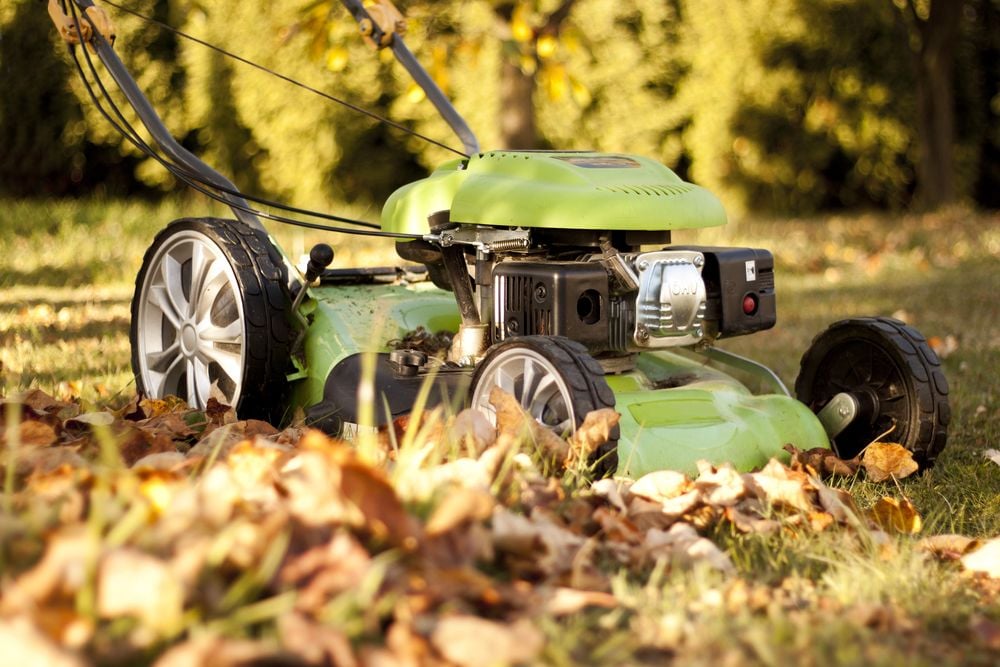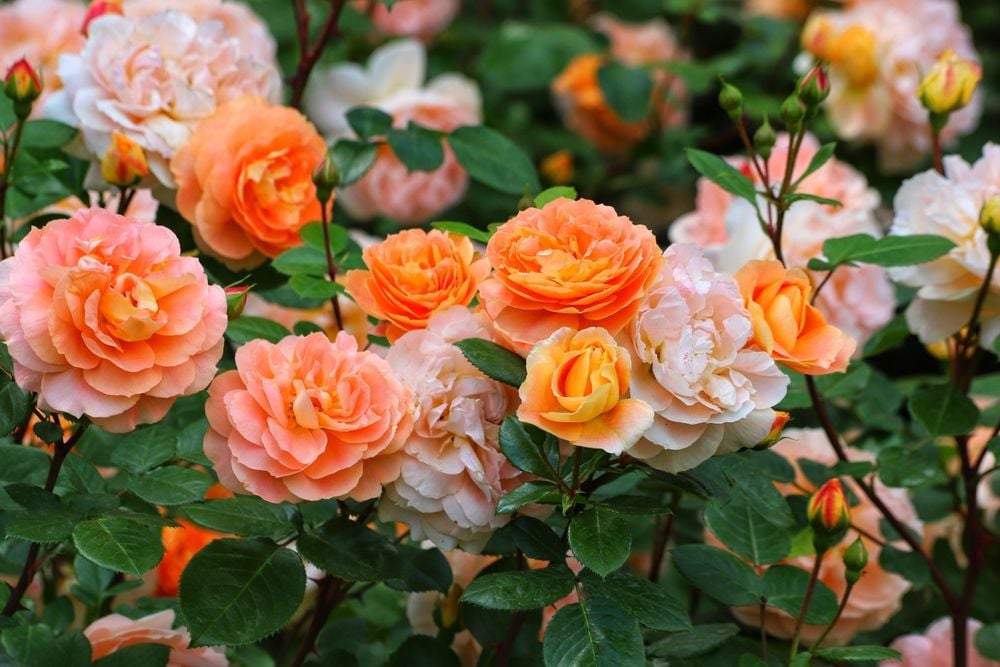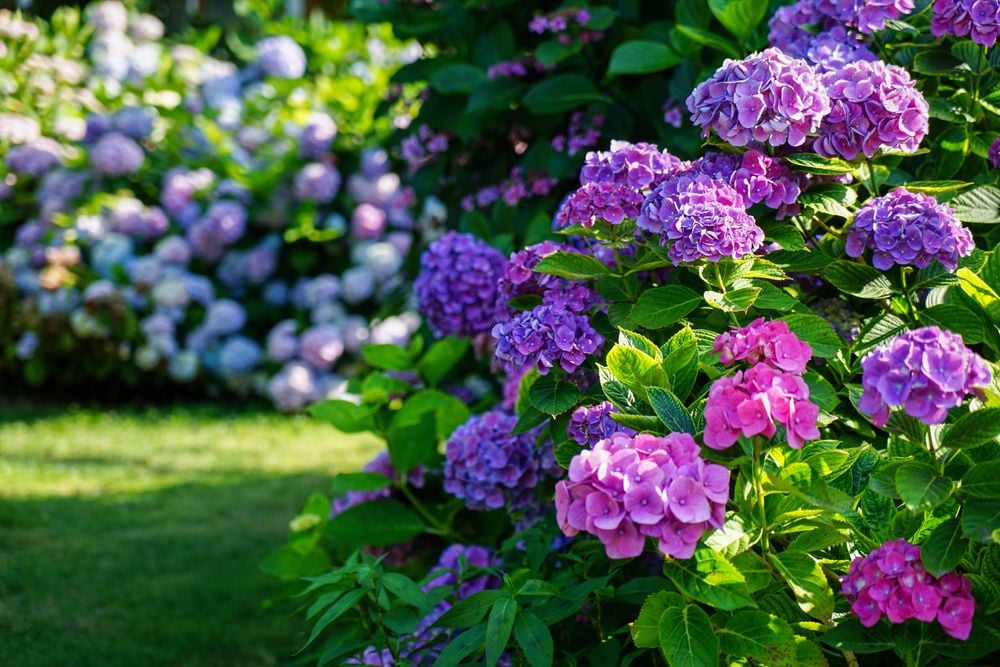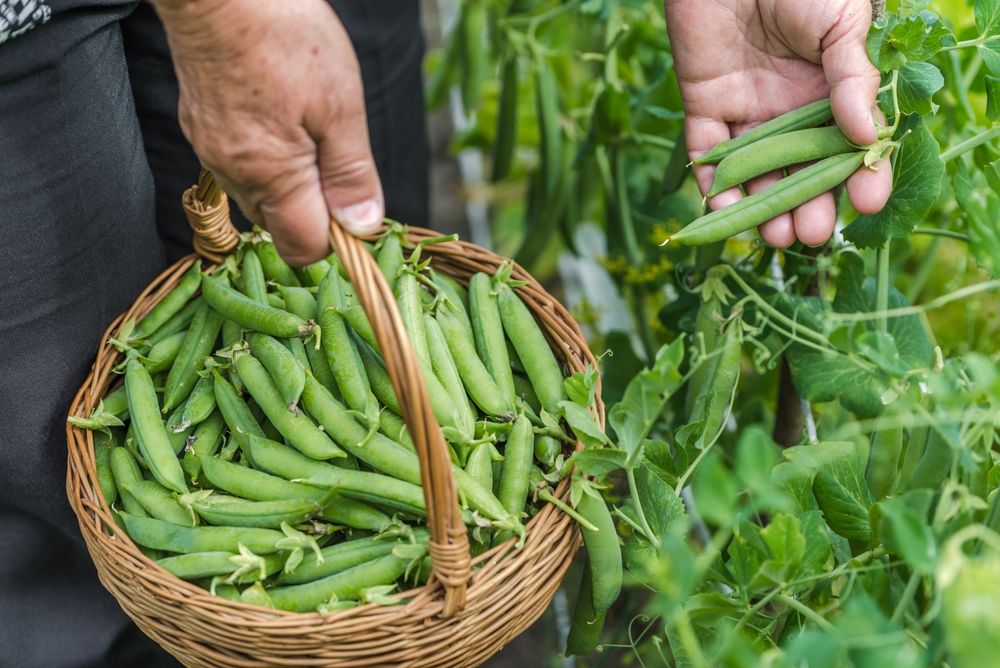
Delight in Growing Peas: An Easy Guide to Harvesting
- Jul 10, 2025
Delighting garden enthusiasts everywhere with their simple growing conditions and bountiful yields, peas are the ideal vegetable for anyone's garden. Regardless of the size of your gardening bed, these plants are prolific producers who waste no time in shooting out of the ground and burgeoning up a trellis for the climbing types, or forming a compact bush for the bush varieties.
But the ultimate joy comes in the taste of these homegrown peas, which manage to please even the most discerning of eaters. Before indulging in that deliciousness, however, you need to understand the best time and methods for harvesting.
Immerse yourself in the satisfaction of gardening by observing your growing pea plants. This immersive process sees the plants extend, exhibit leaves, clutch at supports with their pint-sized tendrils, and eventually bloom. It's crucial to monitor the growth of the pea pods at this point.
"Expect to find the pods bulging gently due to the peas within," advises seasoned garden coach, Teri Speight. "The optimal pod shape is not flat, but filled out with peas, whilst retaining some wiggle room. If you find the pods are overly rigid, the peas have already hit overripe status."
According to Jennifer Holston, another experienced garden coach, identifying ripeness can depend on the specific type of pea. Regardless, she agrees that timing is vital for maximum flavor. "Follow the instructions on the seed packet. You risk getting flat, empty pods if you harvest too early, while harvesting too late will yield stiff peas devoid of the traditional sweet taste of fresh peas," Holston explains.
The prime harvest time is when peas are perfectly shaped, plump yet not overly swollen, and taste sweet.
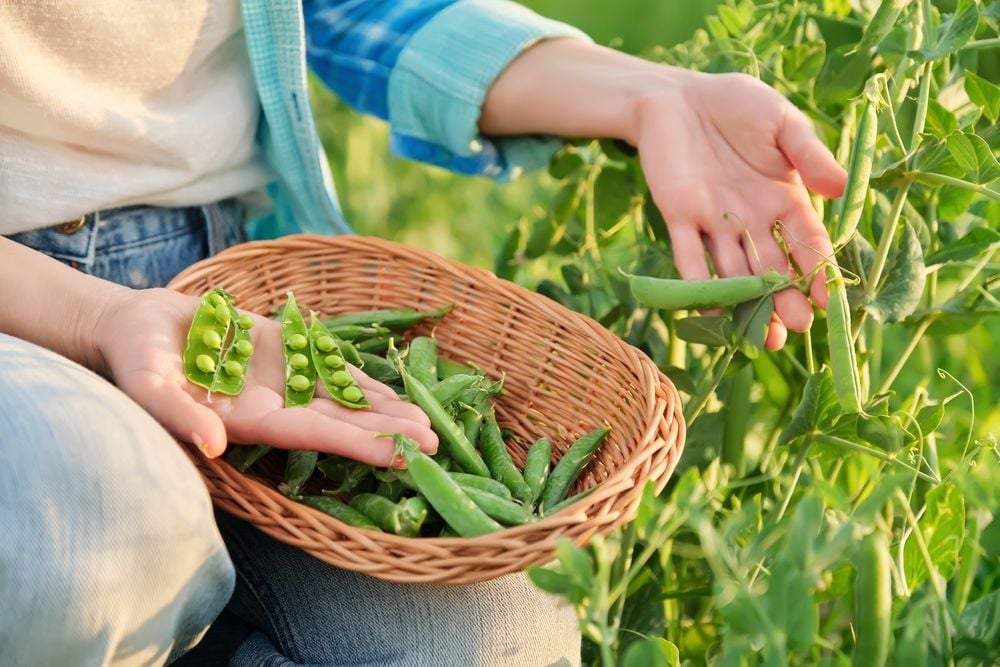
Once you've ascertained the readiness of your peas for harvest, it's time to start picking!
"Go and reap your peas about 65 days post-planting in a fresh, dew-kissed garden," suggests Holston. "Support the vine at the pea stem and tenderly pinch above the pod to extract it." She also points out that during the peak growth season, you may need to harvest every couple of days to keep enjoying fresh peas.
Be sure to note that there are some pea varieties that require shelling to consume the peas from within the pod. Some varieties, however, come with edible pods.
In numerous regions, you can technically sow another round of peas for an autumn harvest. Given that peas are a cool-season crop, you might find they flourish as well in the fall as they did in spring.
Fresh unshelled peas can be comfortably stored in the fridge for around a week, but keep an eye out for any signs of degradation. Storing them in a breathable or perforated bag in the chiller drawer is a good option.
For practical and long-term storage, freezing has proven to be very effective. Speight asserts, "Flash freezing them on a flat pan in the freezer is most preferred. After a couple of hours, you can just transfer them into a ziplock bag and cook whenever you want."



